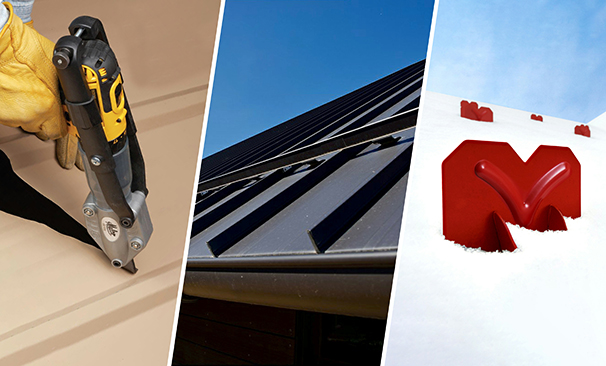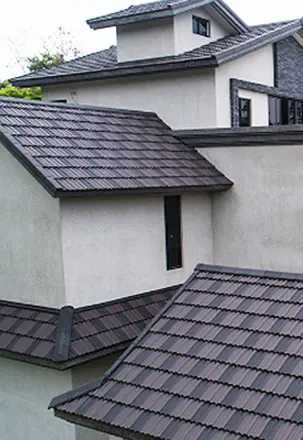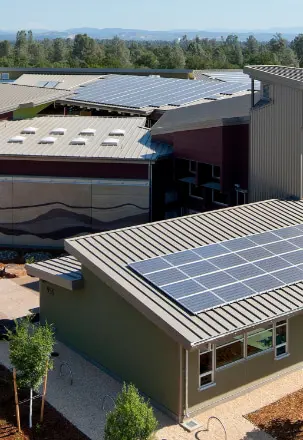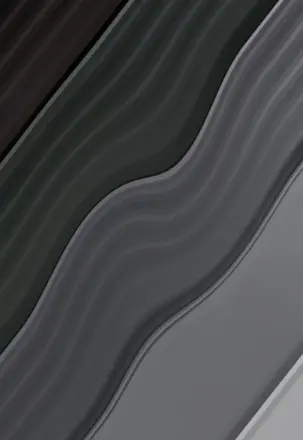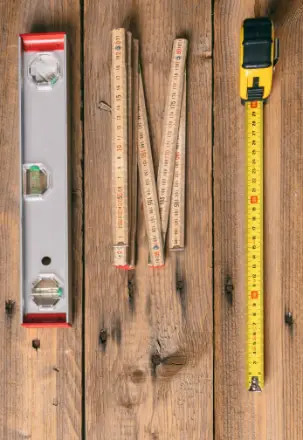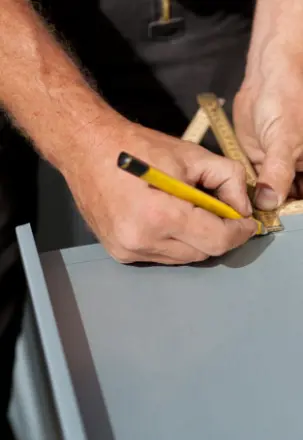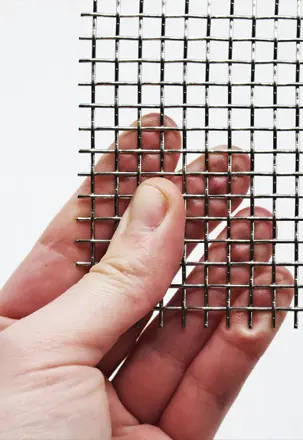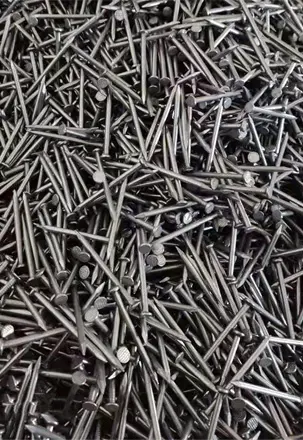“Tarp” and “tarpaulin” essentially refer to the same material but with some differences in usage:
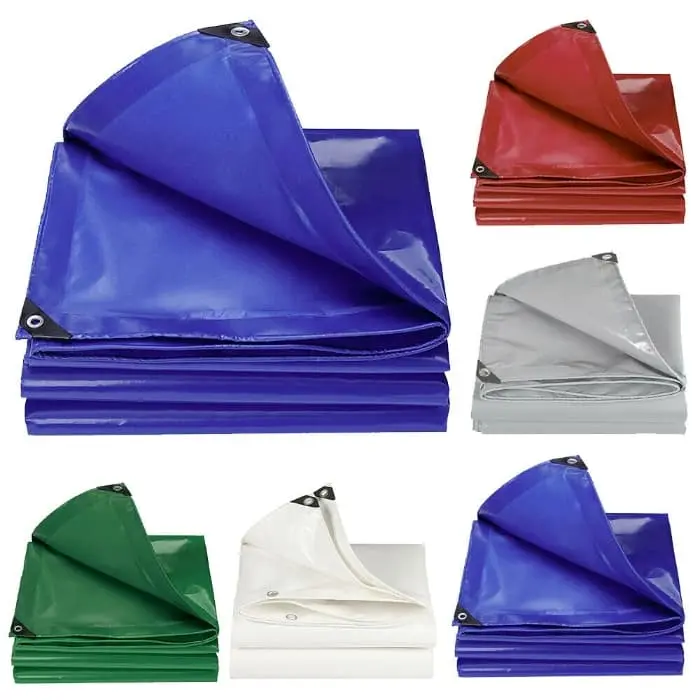
Materials:
- Tarpaulin: Traditionally, tarpaulins were made from heavy-duty materials like canvas or strong fabric, treated with waterproofing agents such as tar or wax. Today, tarpaulins are also made from modern materials like polyethylene (PE) or polyvinyl chloride (PVC), which are lighter yet still durable.
- Tarp: The term “tarp” applies to the same materials as tarpaulin. Poly tarps (made from PE) and vinyl tarps (made from PVC) are common. You may also hear about mesh tarps or canvas tarps, depending on the specific use.
Strength and Thickness:
- Tarpaulin: The word is often associated with heavy-duty versions that are thicker, stronger, and more durable. Canvas and PVC tarpaulins are known for their strength and long-term outdoor use.
- Tarp: When people refer to a “tarp,” they may be thinking of the more commonly available, thinner versions like blue polyethylene tarps, which are widely sold for temporary use (e.g., covering wood, vehicles, or outdoor furniture).
Weight Classifications:
- Tarpaulin: Tarpaulins are classified by weight (in grams per square meter or ounces per square yard), with heavier tarpaulins being more durable. Common weights range from lightweight (80-100 gsm) to heavy-duty (200-400 gsm).
- Tarp: The term “tarp” may imply a general-purpose covering, and people may not focus as much on the specific weight, though all tarps have similar classifications.
Waterproofing and UV Resistance:
- Tarpaulin: Tarpaulins are often designed to be fully waterproof, UV-resistant, and sometimes fire-retardant. These are often used in construction, agriculture, or industrial settings, where durability and weather resistance are critical.
- Tarp: While all tarps are intended to be water-resistant or waterproof, the casual use of “tarp” may imply basic functionality. For example, blue or green tarps may not offer the same level of UV protection or durability as specialized tarpaulins.
Applications:
- Tarpaulin: Typically used for more specialized or demanding applications, such as construction site coverings, military-grade equipment protection, or long-term agricultural usage. Heavy-duty tarpaulins are preferred for boat covers, roof protection, or industrial use.
- Tarp: More likely used in everyday or DIY projects, such as covering a car, protecting firewood, or using as a temporary shelter during camping.

Price and Availability:
- Tarpaulin: Generally, tarpaulins, especially those made from canvas or heavy-duty PVC, are more expensive due to their long-term durability and strength.
- Tarp: Casual tarps, such as lightweight PE tarps, are cheaper and widely available in hardware stores, often used for short-term or less-demanding applications.
Historical Usage:
- Tarpaulin: The word originates from “tar” and “palling” (from “pall” meaning covering), and originally referred to waterproof coverings used by sailors and in shipyards.
- Tarp: The shortened version became more popular in everyday language as these materials became more accessible for non-military and non-industrial use.
Specialized Types:
- Tarpaulin: You’ll find a wider range of specialized tarpaulins, such as fire-retardant, UV-treated, or mesh tarpaulins for specific industries like agriculture, construction, or logistics.
- Tarp: More basic types are often associated with temporary needs, though specialty tarps (like mesh or UV-protective tarps) are also sold under the shortened term.
In summary, while “tarp” and “tarpaulin” can be used interchangeably, “tarpaulin” tends to refer to more specialized, heavier-duty products, while “tarp” is a more informal, catch-all term that people use for a wide variety of coverings.


